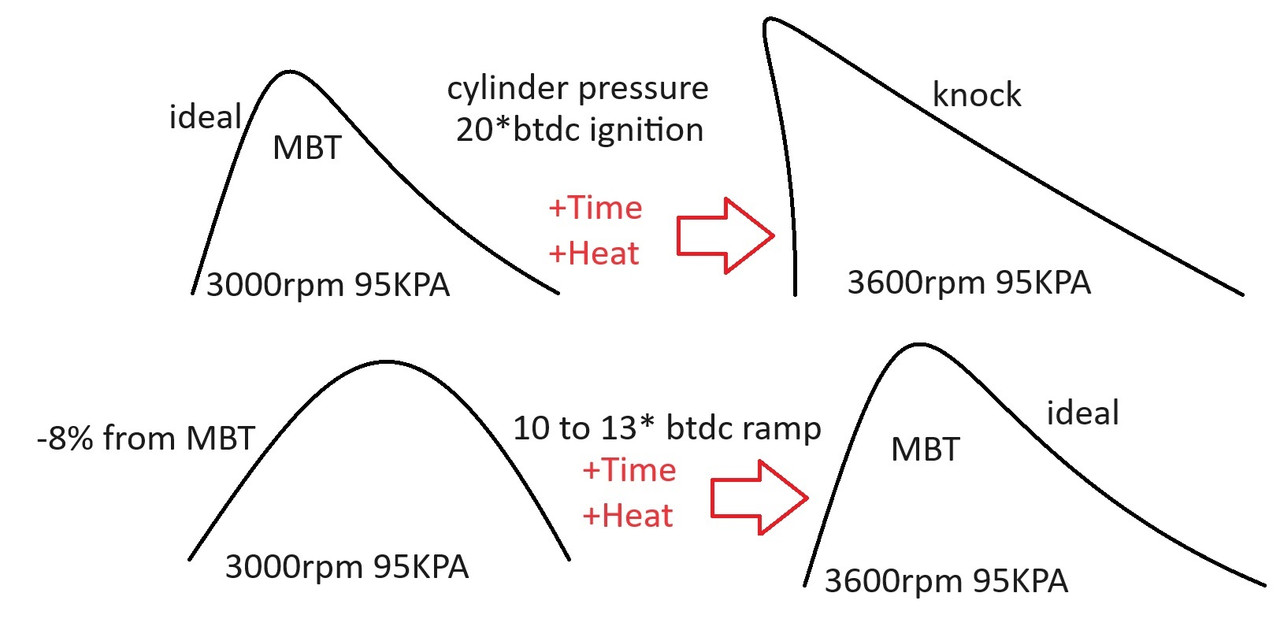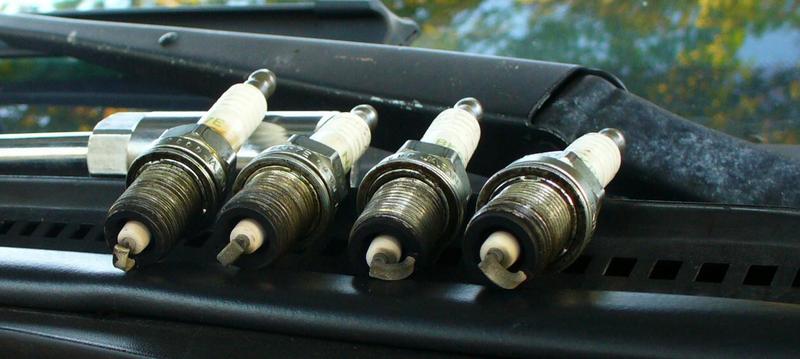This is the process I've become accustomed to,
1. He will lie and slander, just make something up throw dirt wherever I post in a thread
https://forum.hptuners.com/showthrea...l=1#post757887
Literally just says whatever he wants, makes up a lie unfounded. And I am forced to defend myself each time. How can I l allow such blatant lies? Clearly I can not stand that and should not be expected to either.
2. The defense article
From 2013
https://www.sr20-forum.com/tuning/!2...75#post!922675
This is due to a dropping volumetric efficiency. Extra timing is safe when the VE (torque) is falling off.
From 2003
https://www.thirdgen.org/forums/powe...ml#post1270941
Yes, peak torque and VE do happen at the same point, but that is because the torque curve and VE curve are the same curve. If your engine ran at 100% VE all the time your torque curve would be a flat line with the same value (ex, roughly 399lb-ft for a 350).
Then they complain about me when I defend by showing evidence that makes them a liar. They know they got caught lying again and its just a habit so they keep doing it, there is no punishment for lies so why stop.





 Reply With Quote
Reply With Quote


